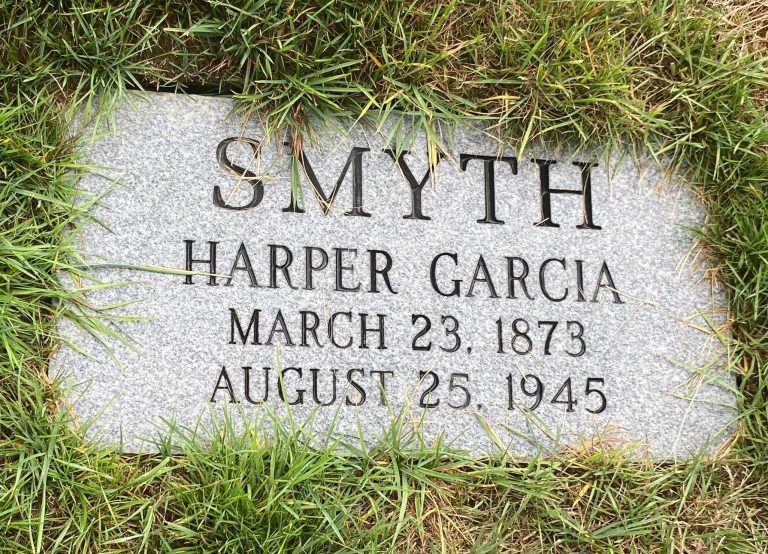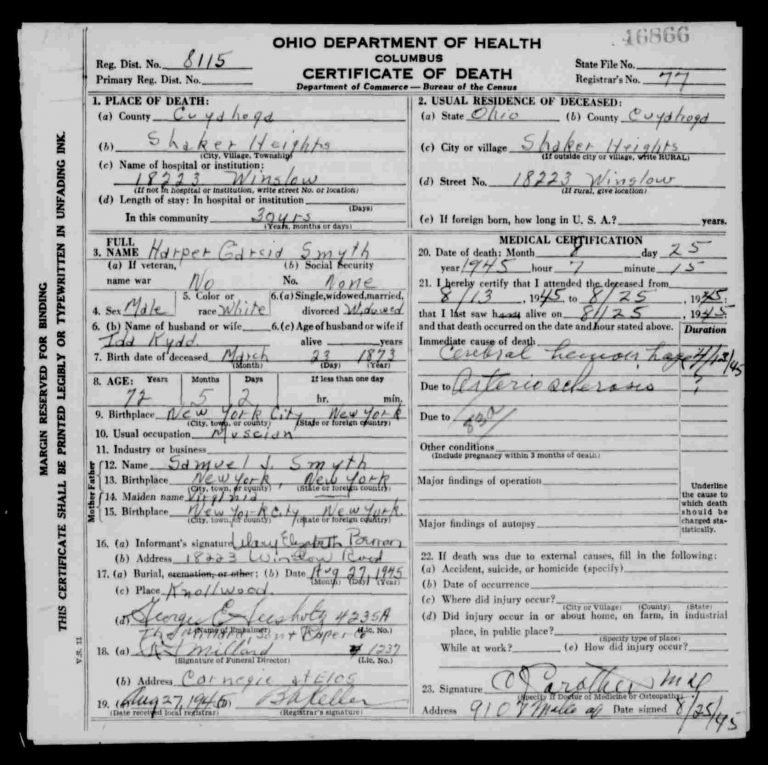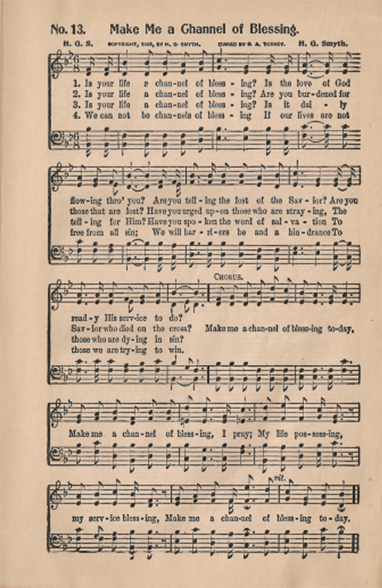Hymn History: Make Me a Channel of Blessing & Author: Harper Garcia Smyth
“Harper G. Smyth … was an excellent example of someone who used his musical talent to bring spiritual refreshment to others. … His music ministry was a form of Christian hospitality!”
(Institute in Basic Life Principles)
The Origin of the Hymn “Make Me a Channel of Blessing”
The hymn “Make Me a Channel of Blessing” is a heartfelt prayer of service and surrender—an appeal for the believer to be an instrument through which God’s love and grace may flow to others. Written in the early years of the twentieth century by Harper G. Smyth (1873–1945), this hymn captures the essence of Christian discipleship: that true faith is not only received but shared.
Since its publication in 1909, “Make Me a Channel of Blessing” has found a treasured place in the hearts of Christians who seek to live as conduits of God’s compassion in a hurting world. Its clear message, combined with a tuneful melody, has made it both a devotional favorite and a call to practical ministry.
The Hymnwriter: Harper G. Smyth
Harper Garfield Smyth was a Canadian-born musician, minister, and hymnwriter who dedicated his life to Christian service through music. Born in 1873 in Ontario, Smyth displayed early musical talent and a deep sense of devotion. He eventually pursued formal musical education and entered the ministry, combining his two great loves—faith and music—in his life’s work.
Smyth served as a pastor and evangelistic song leader during a period when gospel hymn singing was flourishing across North America. This was the era of great revival movements, where music played an essential role in stirring hearts and calling people to deeper commitment. Smyth’s hymns reflected this revival spirit: simple, heartfelt, and focused on Christian service.
His best-known hymn, “Make Me a Channel of Blessing,” stands as a testament to his understanding of what it means to live out the gospel in daily life—not merely in word, but in deed.
The Circumstances of the Hymn’s Writing
The hymn was first published in 1909 in Songs of Evangelism, a popular gospel song collection of the period. Smyth wrote both the words and the music. It is believed that he was inspired by Paul’s letter to the Philippians, particularly the call to be “blameless and pure, children of God without fault… then you will shine among them like stars in the sky as you hold firmly to the word of life” (Philippians 2:15–16).
Smyth recognized that many Christians struggled not with belief, but with expressing their faith in action. His hymn was written as both a reminder and a prayer—that each believer might serve as a channel through which God’s love could reach others.
In the early 20th century, hymns that focused on personal holiness and Christian service were especially popular. Songs such as “Take My Life and Let It Be” and “Make Me a Blessing” encouraged believers to dedicate their lives to helping others. Smyth’s “Make Me a Channel of Blessing” fits within this devotional tradition, yet it carries its own distinct character—a rhythm and refrain that urge the singer to live out what they profess.
Message and Meaning of the Hymn
From its opening line, the hymn takes the form of a direct question to the soul:
Is your life a channel of blessing?
Is the love of God flowing through you?
It is not a song of comfort or rest, but one of conviction and challenge. The hymn calls each believer to self-examination, asking whether their life reflects the compassion and purity of Christ. The repeated question—“Are you a channel of blessing today?”—acts as a refrain that stirs reflection and repentance.
The second stanza emphasizes the power of words and deeds:
Is your life a channel of blessing?
Are you burdened for those that are lost?
Have you urged upon those who are straying
The Savior who died on the cross?
Here Smyth brings together evangelism and empathy. To be a channel of blessing, one must both care deeply for others and actively share the message of salvation. The hymn is not content with passive faith; it urges active, outward love.
In the final stanza, Smyth captures the source of all true ministry: divine cleansing and empowerment.
We cannot be channels of blessing
If our lives are not free from known sin;
We will barriers be and a hindrance
To those we are trying to win.
This verse underscores a vital spiritual truth—service without holiness lacks power. Smyth understood that a life surrendered to God is not only forgiven but transformed, made fit to bless others.
Publication and Reception
After its first appearance in 1909, “Make Me a Channel of Blessing” spread quickly through revival meetings and evangelistic campaigns in both the United States and Canada. The hymn’s simplicity and sincerity made it ideal for congregational singing, and its message resonated with Christians seeking to live out their faith in practical ways.
It was included in numerous hymnals throughout the 20th century, particularly within Baptist, Methodist, and evangelical traditions. Its enduring popularity lies in the way it turns a spiritual aspiration into a song—a musical prayer of dedication.
A Lasting Legacy
More than a century later, “Make Me a Channel of Blessing” remains as timely as ever. In an age often marked by self-interest and distraction, the hymn’s message calls believers back to the heart of Christian service: to love God fully and to let that love flow outward in acts of mercy, kindness, and witness.
Its enduring refrain still serves as both question and commission:
Make me a channel of blessing today,
Make me a channel of blessing, I pray;
My life possessing, my service blessing,
Make me a channel of blessing today.
Through these words, Harper G. Smyth reminds every generation that the true mark of discipleship is a life through which the love of God freely flows—a living channel of divine grace to a world in need.
Related
Sorry, no records were found. Please adjust your search criteria and try again.
Sorry, unable to load the Maps API.


